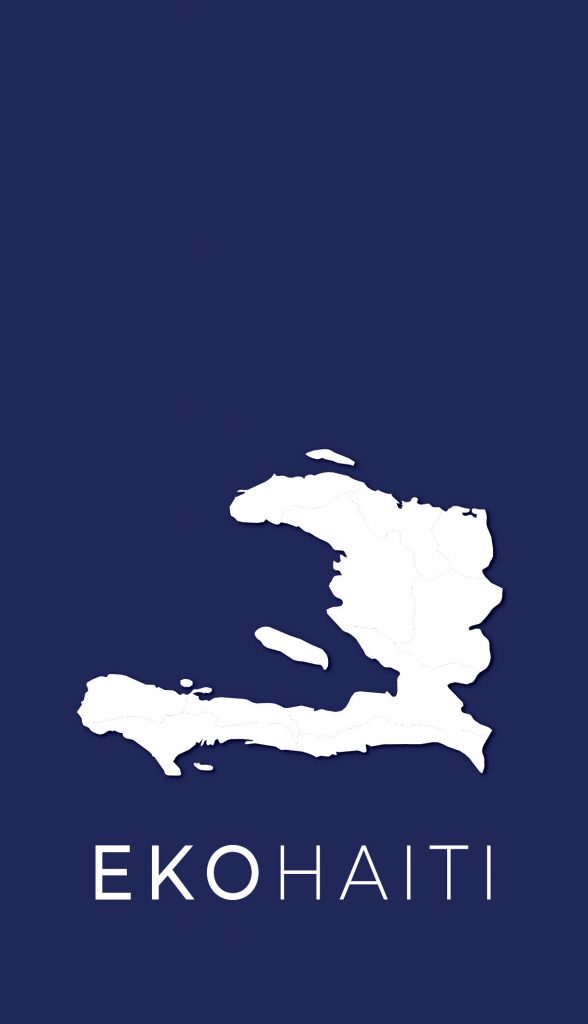The objective of the Department du Southeast study (per Scope of Work 1-2) was,
1) expand AMAP learning about value chains in conflict- and disaster-affected environments with the goal of helping design early responses for ensuring survival (market systems could supply food and essential items or services related to priority survival needs),
2) provide useful information for current humanitarian response programs in Haiti and implementers planning for medium- and long-term recovery programs protecting livelihoods (replace urgent [non-food items], seeds, tools, fuel and maintain demand for labor employment or production that restores incomes),
To accomplish the preceding, the consultants and members of ACDI/VOCA, Save the Children, and Diakonie spent 15 days training and conducting field research. The principal tasks involved were an investigation and analysis of the regional market conditions and livelihood strategies before and after the January 12th earthquake and choosing two market chains for the development of Emergency Market Mapping Analysis (EMMA–a diagramming technique for visually depicting market chain flows and significant factors that influence them). Bean and agricultural labor market chains were chosen. This is the field report for the Agricultural Labor Market.
The people of Southeastern Haiti are suffering from fallout from the January 12th earthquake: but they are also recuperating from a recent pig epidemic that wiped out swine stock; a pest infestation that has afflicted the highland cabbage crops; and arguably more severe than the earthquake itself, they are suffering from one of the worst droughts in decades. They are also dealing with a type of fallout from aid itself for whether the economy could have dealt with the crisis without greater suffering in the provinces is a mute point. The earthquake and associated press coverage brought on one of the greatest humanitarian efforts in history, the impact of which has not been entirely beneficial. These points and their relevancy to short and long term aid interventions are developed in the course of the report.
The report is structured as follows: an introduction to the Southeast; overview of settlement patterns and house type; ecological zones; the role of government, financial institutions, and NGOs; principal livelihood strategies; the internal versus import oriented economy and marketing systems; extra-household livelihood strategies; income; expenditures; and finally an analysis of the agricultural labor market and the EMMA map, followed by intervention options and recommendations. At the end of each subsection is an assessment of the impact of the recent earthquake. Note that particular attention has been given to how the impact of earthquake and associated events articulate with the often misunderstood rural livelihood farming strategies and internal marketing system on which people in the region depend.








